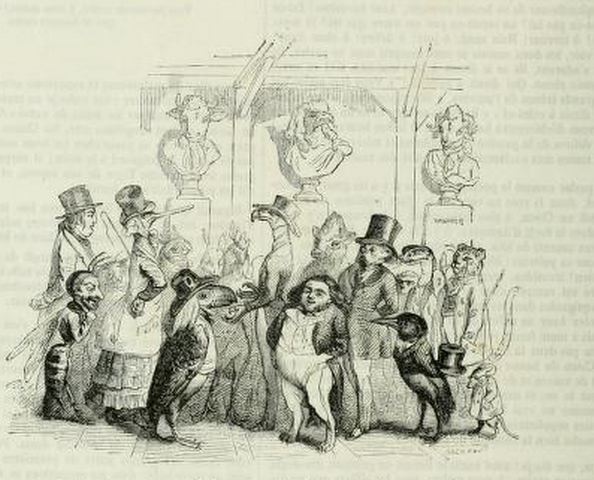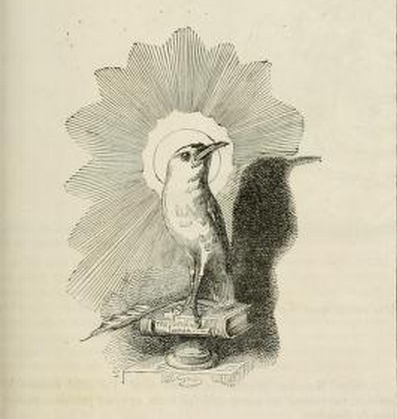The great French writer Paul Valéry (1871-1945) is famous for having undergone, and minutely described, a series of “crises,” each with its own special character. A crisis of “sensibility” in late youth, for example, was followed by a crisis of “intellect” in early adulthood; crises of “attention,” of “mind” (marked by the publication of Monsieur Teste in 1926) and of “spirit” followed.
It was around the time of his crisis of attention – the least documented, but perhaps the most fascinating – that he composed his essay “The Problem of Museums” (1923).
In it, he writes:
I don’t like museums much. […] I find myself in a tumult of frozen creatures, each of which demands, without obtaining it, the inexistence of all the others […] A strange organized disorder spreads out before me. I am seized by a holy dread.
Johann Zoffany, The Tribuna of the Uffizi (1772). Wikimedia Commons.
“[…] What an effort, I tell myself, what barbarities! All this is inhuman. It is not pure. This onset of independent and inimical marvels, and the more inimical the more they resemble one another, is paradoxical […]. The ear would not bear ten orchestras playing at once. The spirit cannot follow many distinct operations, there are no simultaneous arguments. But here the eye […] as soon as it perceives, finds itself obliged to admit a portrait and a seascape, a kitchen and a triumph, characters in the most diverse poses and conditions, and not just this, it must also embrace in the same glance harmonies and ways of painting that elude comparison with one another […] productions that devour one another.”
One of the unsolved mysteries of this period in Valéry’s life concerns the nature – and indeed, even the name – of the small group he joined at the end of 1923. The identities of none of its members are known, only the pseudonyms they adopted upon joining; Valéry was called “Jean du rivage,” others adopted “Lupeux” or “Hucheur.” His Cahiers of this time contain a draft essay that mentions these names, a place of meeting (Impasse Bergonne, near the Porte Saint-Martin, Paris), and a series of experiments apparently intended to objectively determine how much attention certain objects require, and to follow through on the results.
The essay itself is a thought experiment along the same lines, one which actually assigns a numerical value to a number of well-known artworks, and applies a complicated series of calculations based on these values, on the average lifespan of a human being, and on the estimated total number of artworks in all museums worldwide, to determine exactly how many seconds of close attention these works warrant. The draft essay also lists a number of works “whose depth of meaning cannot ever be exhausted, and which only an unremitting and lifelong gaze would do justice. The ideal solution would be to appoint segments of one’s conscious mind, like phrenic stewards, to continuously contemplate these works in private mental chambers set aside for this purpose.”
As always, any further information or insight from our faithful readers is welcome.


